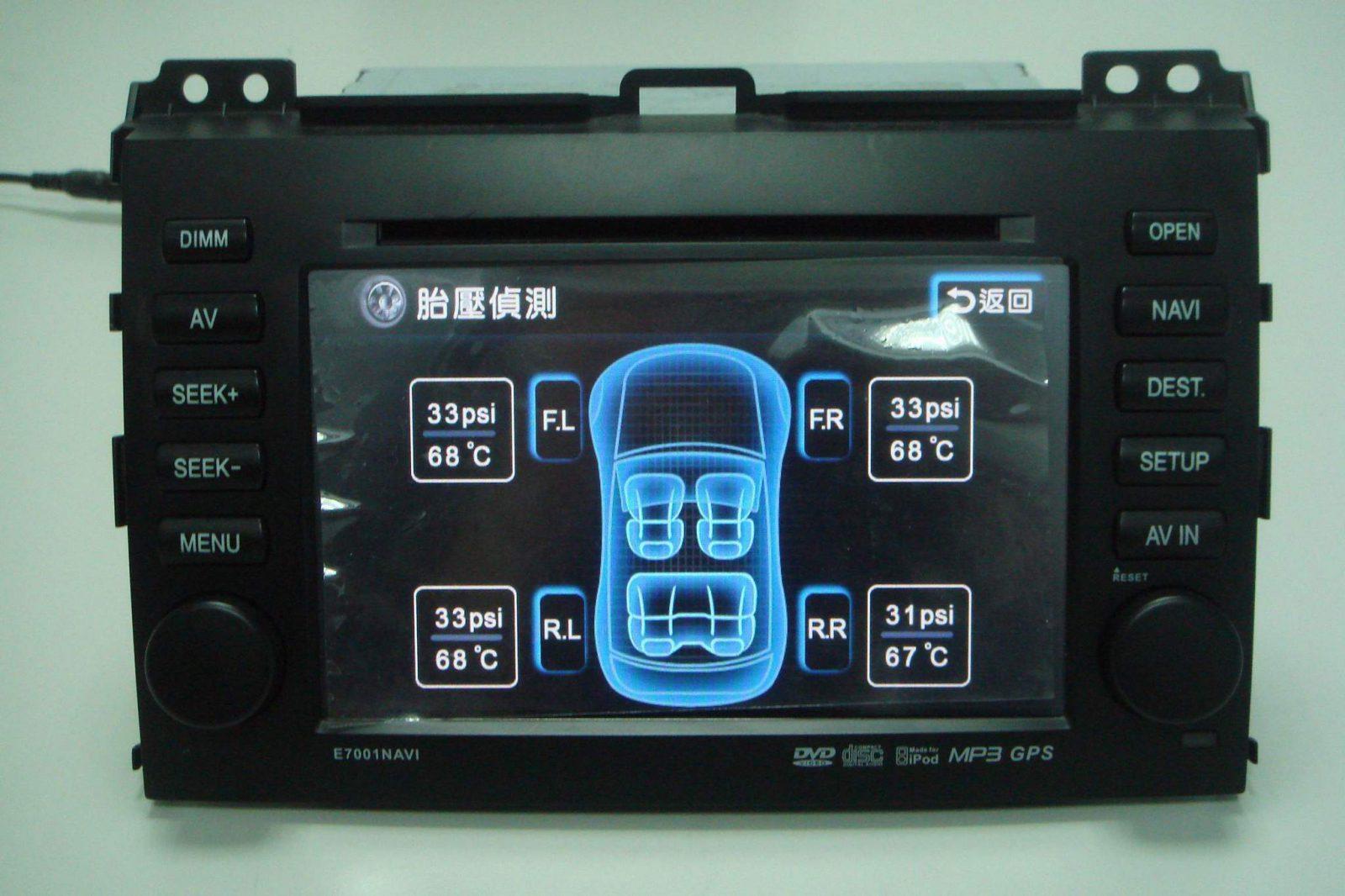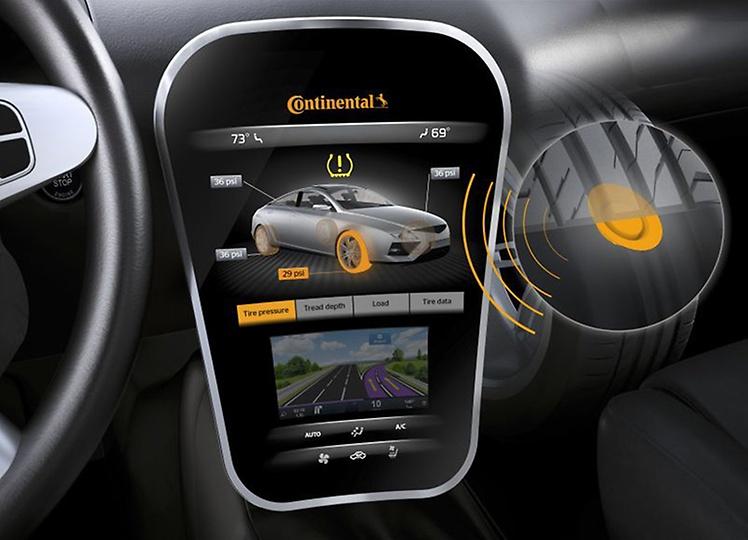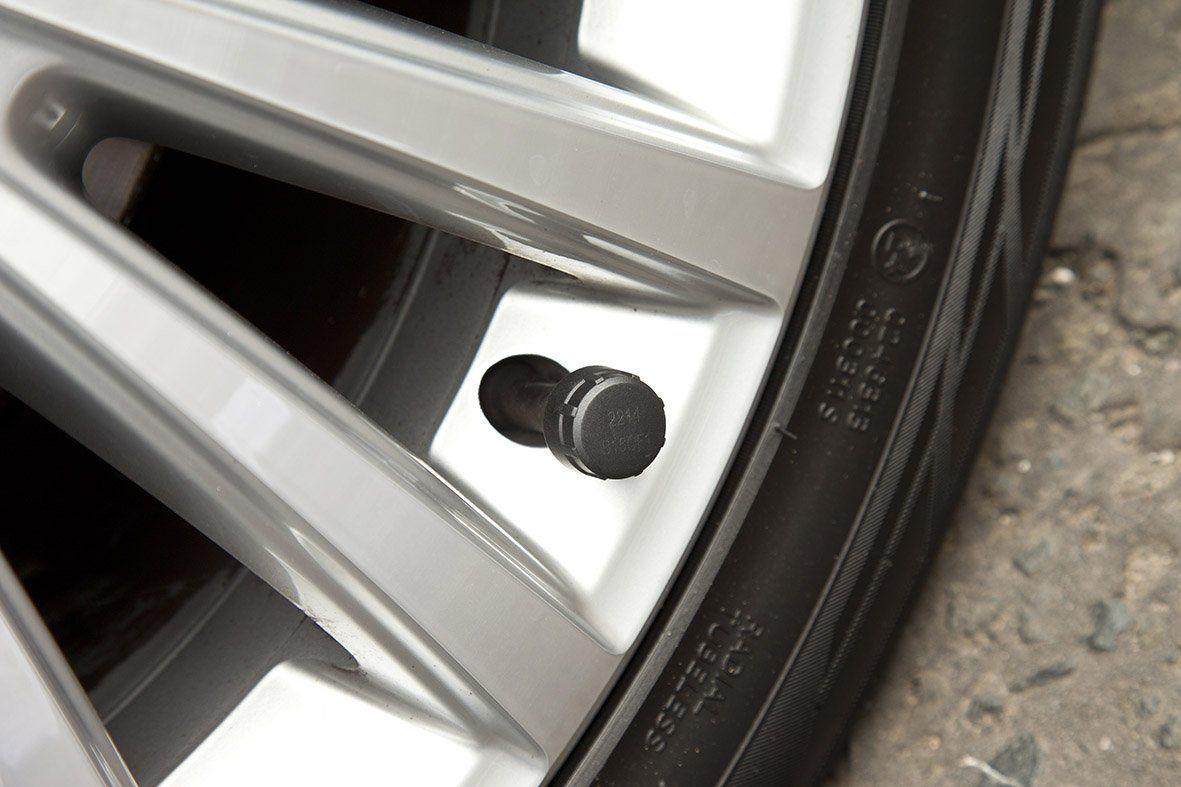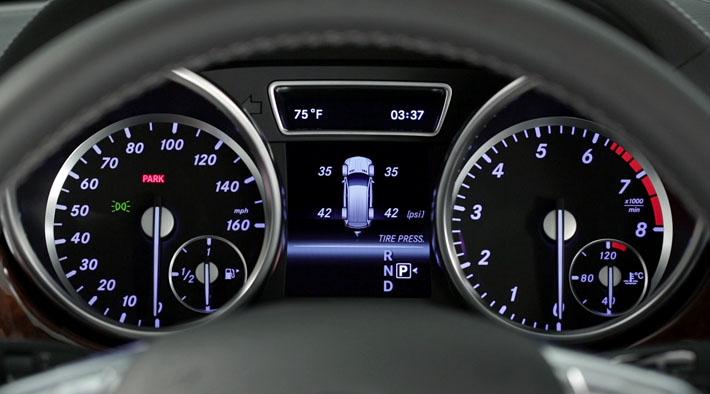The primary functions of a tire pressure monitoring system (TPMS) are to monitor the tire pressure and send real-time information to the driver. The main purpose of using such a system is to avoid some hazardous situations such as traffic accidents, an unstable state of tires, increased tire wear, and poor fuel economy. So many driver might be wondering: how does TPMS work? Before coming with a clear answer about the system operation, we should go through some benefits of TPMS.
Contents
The Unique Benefits of a Tire Pressure Monitoring System
Before coming with a clear answer about the system operation for the question: “How does TPMS work?”, we should go through some benefits of TPMS.
A tire does not only leak air for a puncture but also naturally. So, if you don’t do regular maintenance, expect your tires, even the new ones, to leak at least 10% of its initial pressure over the period of one year. A tire will provide proper services only at the correct inflation pressure. Under-inflated tires can create many problems and even destroy themselves in severe cases. The tire pressure sensor system has its unique benefits. Let’s first have a brief discussion about them:
Extends Tire Life

The primary reason for tire failure is under-inflated tires. Such a condition can lead to thermal and mechanical overload, which ultimately causes casing breakdowns, ply separation, sidewall damage, or tire disintegration. So, a tire air pressure sensor will save you from such accidents by sending real-time data.
However, under-inflation is not the only reason behind the sudden failure of tires. Conditions mentioned above can also arise for hitting potholes or sharp objects while driving on roads. A TPMS can’t detect the symptoms if the pressure level deflates due to any such damaging incident.
Increases Fuel Efficiency
Under-inflated tires cause the waste of a huge amount of fuel. The wastage level is almost 10%, which means a tire with 10% less inflation will be 1% less fuel-efficient. So, maintaining the tire pressure at the proper level will improve the mileage by lowering the fuel consumption.
Increases Cost Efficiency

A tire pressure monitoring system will save your money in many ways. It will decrease the costly downtime hours and save the money that you have to otherwise spend on repairing the damaged tires.
Besides, it also saves money by burning less amount of gasoline and thereby increasing the gas mileage.
Improves Road Safety
Under-inflated tires can cause unpredictable drive patterns at high speeds. For this reason, they are likely to cause accidents by failing suddenly. In fact, they are directly related to many injuries and deaths per year caused by road accidents. A TPMS continuously monitor the tire pressure so that the driver knows when it’s time to visit an automobile repair shop.
Pneumatic tires ensure better stability even while driving at high speeds. They also provide better braking and handling efficiencies. As a result, you can expect greater safety in everyday driving situations.
Improves Environmental Safety
Pneumatic tires are eco-friendly too. If your tires are under-inflated, they will release more carbon monoxide into the air than the average level. So, a TPMS will help you keep your carbon footprint low.
So, a tire pressure monitoring system not only saves your money and time but sometimes also your life too by avoiding road accidents.
SEE MORE:
- 7 Bad Ignition Coil Symptoms All Drivers Should Be Careful
- Most Drivers Do Not Know Why Car Shakes When Accelerating
How Does TPMS Work?
As the benefits of the Tire Pressure Monitoring System are various, many people might wonder: How does TPMS work?
Indirect TPMS

As the name said itself, indirect TPMS does not reply on any physical pressure sensors. In this working function, the vehicles will measure air pressures by monitoring the rotational speeds of the wheel, along with other signals outside of the tires.
The systems will interpret the size of a tire, since the flatted tire is obviously smaller than the one with proper inflation.
This system, however, requires a lot of attention from car owners. Drivers need to reset the setting of the indirect system every time the tires are inflated, or else the bigger tires will be warning as over inflation tires. Yet again, this working function is too convenience for drivers.
With the help of advanced processing and programming, the system can collect the data from electronic monitors.
Direct TPMS

On the other hand, direct TPMS need individual sensors inside tires in order to transmit data to the system, just like a radio signal. A central control module will receive all internal pressure and temperature from the sensors. After that, it analyzes the information and finds any problem from the tires, especially the low-pressure light.
In order to collect the right date, drivers will need sensor mounted both inside and outside of the tire, which might cost quite a bit:
Since the sensors are quite vulnerable when the tire hits hard objects, or when having accident. Also, each device has a battery with a decade lifespan, they will need to be charged or replaced in order to perform the best. Last but not least, the control module will need to reprogrammed the sensors again if a sensor is changed.
Even though having some disadvantages, this system is very accurate and works great with careful drivers.
The combination of both indirect and direct TPMS answers for the question: How does TPMS work?




After reading your blog, I came to know about the unique benefits of using tire pressure monitoring system in cars. I’ll also buy and install in my car to keep myself update to the pressure in car tires.